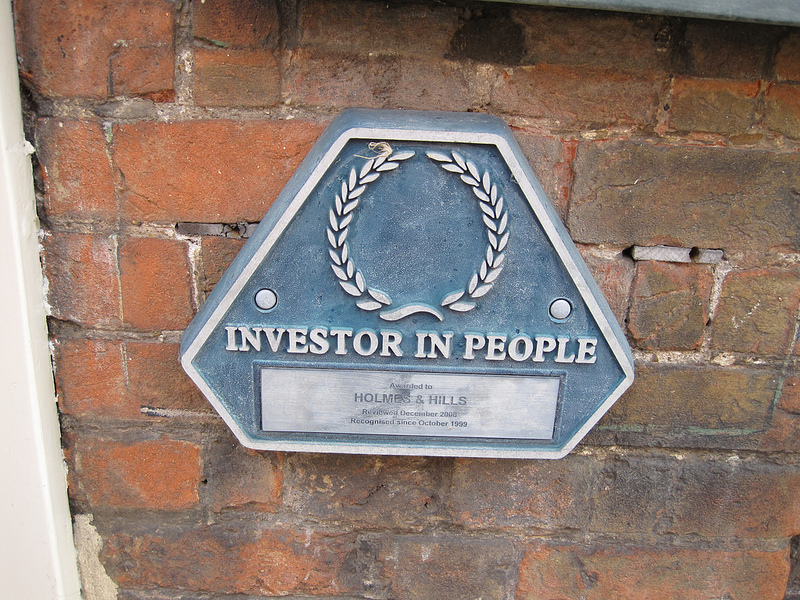The tasks of a CEO are essentially three; a) to shape the vision of the company, b) to hire and manage the right people to execute it, and c) to bring in the required resources for the team to execute the vision. In the case of startups the latter typically refers to venture capital, and in immature ecosystems such as the local one this task is –mostly rightfully– perceived as the toughest one. In the context of my very limited experience, I’ll try to provide some tips that mostly apply for common sense and might be useful when it comes to building investor relationships.
An investor is trusting, or actually ruthlessly betting, on an entrepreneur, and essentially –no matter what term sheets say– his only chance to get his money back relies on the entrepreneur’s capacity to overperform against chances. The key word here is trust. You cannot expect somebody to take a bet on you if he does not really trust you in the very first place. And trust, while it can be destroyed overnight, takes much longer to build.
So, the core question is, how an entrepreneur can build trust with an investor? Let’s be realistic; trust in a relationship takes months or years, amid good patience and care. One has to start with safe, baby steps, under promising and over delivering, then again. Mark Suster has famously articulated this process as “lines, not dots”. What’s more, it also takes social proof. Our peers and contacts –hopefully– have confidence in us, based on what we did and what we didn’t; they can serve to testify our trustfulness. So, here’s a rough guide on how to approach the trust issue.
Do you best to start with an intro. Chances are, there will be a mutual connection between you and your target contact. Provide some context when being introduced, showcase that you haven’t just landed from outer space and people around you entrust you based on past performance. Also, be frugal when asking for introductions. Don’t ask for more than 2 or 3 per person and never push anybody who doesn’t look much willing to do so. Remember, an intro is a very flattering gesture you should always respect; after all somebody is putting his own hard-earned reputation in line for you. Moreover, in general it applies that the easier you get an intro, the less positive an impact it will have. In other words, time spent for getting a solid introduction is never wasted.
So, a warm intro and some social proof can accelerate an investor relationship. You may get a meeting, have a short call, or just a chat in a social context. What happens next? Here’s a suggestion. Ask the investor if he would like to be included in a list of select contacts receiving short updates about your progress from time to time. He won’t say no. And I’m not talking about your typical newsletter.
Then, say, every couple of months, put some time to write up a short but juicy email summarising your progress in a transparent way. Mention what you performed, what you are now about to do, what worked well, your challenges ahead, and kindly ask for some advice. Keep the bar of expectations low, so that you can really deliver until your next update. At the same time, engage your reader, by keeping things short, yet unequivocally interesting.
What’s equally important to content is timing. I suggest you start right before raising the previous round; for example, start contacting Series A investors just before you raise your seed round, and get in touch with seed investors as early as when your idea takes shape. This way you’ll have sufficient time to build the relationship before you engage in investment discussions, while you may also get some valuable feedback. Then, a few months before your actual round, you may communicate your intention to initiate it; this is when things start getting interesting.
The number of entrepreneurs following simple rules such as the above is surprisingly low; correct, it makes them differ. From an investor standpoint, it cannot get any better. Updates for a potential deal landing in your inbox, in an unobtrusive way, at the frequency and extent you want them to, so you can assess the opportunity, get more comfortable and jump in whenever you see fit. You are in a sense getting treated as already being a partner in the company, so you get to know how you actually like it; it is very much easier to engage in serious discussions from this point onwards.
Back to the entrepreneur’s point of view, here’s the essence of my humble suggestion. Make a list of the people that you would like to lead or be part of your next round; find a way to get introduced to them, make a humble but good impression, and start building a relationship. Send a short yet honest progress update email that feels personal every couple of months; more often that not you will get replies, along with useful advice in some cases. And when you are about to start fundraising, get the word out starting from these contacts first; I bet that by then your chances of success will be much higher.
